object(stdClass)#12607 (9) {
["1"]=>
object(stdClass)#12609 (2) {
["text"]=>
object(stdClass)#12610 (4) {
["data"]=>
string(1563) "Pre-School Service - Ollúna Óga Pre-school is a fully equipped, bright and spacious educational facility. We have regular access to the adjoining hall and an outdoor enclosed play area where the children will partake in physical activities such as dance, exercise, meditation, games and much more.
We cater for children from the ages of 2 and a half to 5 years old. We also offer the ECCE free pre-school years to children who meet the ECCE age requirements. We provide a morning sessional session from 9:15 – 12:15. Children are required to bring a healthy lunch with them every day.
"
["withLabel"]=>
string(1) "1"
["fieldType"]=>
string(8) "textarea"
["cssClass"]=>
string(0) ""
}
["img"]=>
object(stdClass)#12608 (4) {
["data"]=>
string(37) "images/sobipro/entries/621/couch2.jpg"
["withLabel"]=>
string(1) "1"
["fieldType"]=>
string(5) "image"
["cssClass"]=>
string(15) "productImgRight"
}
}
["2"]=>
object(stdClass)#12605 (2) {
["text"]=>
object(stdClass)#12606 (4) {
["data"]=>
string(1782) "Staff - The staff at Ollúna Óga Pre-School are fully qualified and between them have a wealth of experience within the childcare sector.
As play is child’s work, we endeavour to provide our children with fun filled learning activities.We will incorporate the Aistear curriculum into all our learning activities as it is the new early childhood curriculum framework for children from birth to six years in Ireland.
"
["withLabel"]=>
string(1) "1"
["fieldType"]=>
string(8) "textarea"
["cssClass"]=>
string(0) ""
}
["img"]=>
object(stdClass)#12604 (4) {
["data"]=>
string(36) "images/sobipro/entries/621/shop1.jpg"
["withLabel"]=>
string(1) "1"
["fieldType"]=>
string(5) "image"
["cssClass"]=>
string(14) "productImgLeft"
}
}
["3"]=>
object(stdClass)#12602 (2) {
["text"]=>
object(stdClass)#12603 (4) {
["data"]=>
string(2349) "After School Club - We also provide an After School Club that caters for the children attending Puckane National School. We offer this service Monday to Friday from 2pm – 5pm. You can book your child in for as many afternoons or hours as you require.
Reasonable rates with nutritious snacks provided. Children will be supervised in an informal and less structured environment. The children will have their homework supervised and afterwards can avail of activities such as art and crafts, outdoor play, reading in our extensive library and free play.
Every Friday will be movie and popcorn afternoon where the children can unwind after a long week.
"
["withLabel"]=>
string(1) "1"
["fieldType"]=>
string(8) "textarea"
["cssClass"]=>
string(0) ""
}
["img"]=>
object(stdClass)#12601 (4) {
["data"]=>
string(40) "images/sobipro/entries/621/interior2.jpg"
["withLabel"]=>
string(1) "1"
["fieldType"]=>
string(5) "image"
["cssClass"]=>
string(15) "productImgRight"
}
}
["4"]=>
object(stdClass)#12599 (2) {
["text"]=>
object(stdClass)#12600 (4) {
["data"]=>
string(6825) "Activities Undertaken
(1) Jigsaws & Puzzles
I plan on carrying out regular puzzle/jigsaw activities with the children. Puzzles is an essential activity to carry out with children whether at home or in the childcare environment, as it aids in their Cognitive Development.Psychologists have determined that a child’s brain development is influenced significantly when a child acts on or manipulates the world around him or her. Puzzles provide that key opportunity.
Children learn to work directly with their environment and change its shape and appearance when they work with puzzles. Children have different ability levels in puzzle making. It is important for me, as a childcare worker, to know what capabilities the children have as regards puzzle making.
By giving children puzzles that are too hard for them, it knocks their confidence, causes frustration and takes the enjoyment out of the activity. By giving children puzzles that are too easy, children become bored quickly.
New Learning - There are many benefits to children’s development by doing puzzles:
Hand-eye co-ordination: - When children flip, turn, remove, etc. pieces of the puzzle, they are learning the connection between their hands and their eyes. The eyes see the puzzle, and the brain then envisions how the puzzle needs to look or what piece needs to be found and placed. Then the brain, eyes, and hands work together to find the piece, manipulate it accordingly, and fit it into the puzzle accurately.
Fine Motor Skills - Similar to the way hand-eye coordination is achieved, puzzles provide the opportunity for children to develop fine motor skills. Not to be confused with gross motor skills such as walking, fine motor skills require small, specialized movements that puzzles provide. Fine motor skills are necessary for handwriting and other important achievements.
Gross Motor Skills - For babies and young children, gross motor skills can be enhanced with stacking blocks and other large, easily-manipulated puzzles
Problem Solving - The skill of effective problem solving is a valuable and important one. As a child looks at various pieces and figures out where they fit or don’t fit, he or she is developing this vital skill. A puzzle, after all, can’t be completed by cheating! It either, works and fits or it doesn’t. So puzzles teach children to use their own minds to figure out how to solve problems and think in a logical way.
Shape Recognition - For young children – even babies – learning to recognize and sort shapes is an important part of their development. Puzzles can help little ones with this, since the pieces need to be recognized and sorted before they can be assembled.
Memory - Simple jigsaws and other types of puzzles may help enhance a child’s memory. For example, a child will need to recall the size, colour and shape of various pieces as he or she works through the puzzle. If a piece doesn’t fit, the child sets it aside; but he or she will need to remember that piece when it is needed.
Setting Small Goals - As a child works on a puzzle, he or she will often develop a strategy to work the puzzle faster and more efficiently. He or she may do all the edge pieces first, for instance, or sort all the pieces into piles according to colours or shapes. This helps a child learn to achieve small goals as a means toward a larger goal.
"
["withLabel"]=>
string(1) "1"
["fieldType"]=>
string(8) "textarea"
["cssClass"]=>
string(0) ""
}
["img"]=>
object(stdClass)#12598 (4) {
["data"]=>
string(37) "images/sobipro/entries/621/kids12.jpg"
["withLabel"]=>
string(1) "1"
["fieldType"]=>
string(5) "image"
["cssClass"]=>
string(14) "productImgLeft"
}
}
["5"]=>
object(stdClass)#12596 (2) {
["text"]=>
object(stdClass)#12597 (4) {
["data"]=>
string(3725) "(2) Simple Geography Experiments
I plan on carrying out simple geography experiments with the children. I have designed new materials to teach geography to the children in the Montessori prepared environment.
One example of a geography experiment is to introduce the children to the three elements of land, water & air. The purpose is to give the child a sensorial impression of the three elements of water, soil & air. I will informed them that I am carrying out a geography activity with them. I show them the three jars with the three different coloured lids.
I inform them that the jar with the brown lid represents soil, the jar with the blue lids represents water & the jar with the white lid represents air. I tell them the Earth is filled with soil, water & air and I show them the globe and pointed them out to the children.
I ask the children to put soil into the jar with the brown lid, to put water in the jar with the blue lid and to put air in the jar with the white lid. The children might not be able to put air into the jar. I ask all the children where is the air?
I tell the children that as air is all around us, there is already air in the jar. I inform them that air fills up every empty space. I tell them that we cannot see air. I tell them that air is very important to us as it helps us to breathe thus keeping us alive.
New Learning - As children are inquisitive by nature they will really enjoy carrying out these experiments. The good thing about these experiments is that they are learning through fun and they don’t even realise they are learning. The children love being asked to have an active part in the activities by sourcing the materials required, eg soil, water & air.
By showing the children the globe of the world they are made aware of the elements that earth consists of soil for continents and countries, water for oceans, lakes and rivers and air which is all around us and is essential to keep us alive as we breathe it in and out. By carrying out these simple geography experiments with the children it really broadens their knowledge & increases their curiosity of the world around them.
"
["withLabel"]=>
string(1) "1"
["fieldType"]=>
string(8) "textarea"
["cssClass"]=>
string(0) ""
}
["img"]=>
object(stdClass)#12595 (4) {
["data"]=>
string(37) "images/sobipro/entries/621/kids23.jpg"
["withLabel"]=>
string(1) "1"
["fieldType"]=>
string(5) "image"
["cssClass"]=>
string(15) "productImgRight"
}
}
["6"]=>
object(stdClass)#12593 (2) {
["text"]=>
object(stdClass)#12594 (4) {
["data"]=>
string(6339) "(3) Outdoor Play
It is so important to incorporate outdoor into the daily curriculum in all settings, regardless of the elements. Children really love playing outside.
Outdoor play has so many benefits to the child. Many of the developmental tasks that children must achieve - exploring, risk-taking, fine and gross motor development and the absorption of vast amounts of basic knowledge -can be most effectively learned through outdoor play.I have learned that outdoor play is one of the best learning environments for young children, providing exploration and discovery of one’s self, of others, and of the environment on a grand scale.
Children learn through play, movement, communication, and sensory experience which the outdoors provides for on a much greater scale than indoors.
New Learning - Outdoor has many benefits across all the domains of child development. Children need to move and be active in many different ways to reach their full physical development.Outdoor play promotes language skills, social skills and creativity. Here are a few of other main benefits:
Muscle Development - Children revel in freedom of movement and in play that is inventive, adventurous and stimulating. Children develop their muscle through numerous activities such as running, jumping, skipping and hopping, throwing and catching, rolling, carrying and passing, climbing, swinging, sliding, cycling / driving wheeled toys and dancing. Children develop their muscles through repetitive tasks such as
Spatial Awareness - Activities such as going through tunnels, obstacle courses & bean bag throwing enhance children’s spatial awareness. Spatial awareness is the ability to be aware of oneself in space and tends to develop as children grow. Children with strong spatial awareness understand and interpret relationships between objects, themselves and the areas around them.
Balance & Co-ordination - Toys that require balance and coordination, such as skates, scooters and bikes, teach children new skills, encourage the development of self-confidence and satisfy their interest in exploration. Children have the opportunity to master skills at their own pace.
"
["withLabel"]=>
string(1) "1"
["fieldType"]=>
string(8) "textarea"
["cssClass"]=>
string(0) ""
}
["img"]=>
object(stdClass)#12592 (4) {
["data"]=>
string(37) "images/sobipro/entries/621/kids11.jpg"
["withLabel"]=>
string(1) "1"
["fieldType"]=>
string(5) "image"
["cssClass"]=>
string(14) "productImgLeft"
}
}
["7"]=>
object(stdClass)#12590 (2) {
["text"]=>
object(stdClass)#12591 (4) {
["data"]=>
string(3418) "(4) Peg Boards
I plan on carrying out the peg and peg board activity regularly with the children. Peg boards have many benefits for the children. Peg boards are an excellent toy for children’s learning. I have a variety of peg boards are usually in my preschool classroom.
These boards can be open ended or very specific with a number written on them corresponding to the same amount of holes in the board. Children can use these boards in a number of ways creating lines with the same colour pegs, different sequential patterns, vertical structures with pegs that stack, or even making objects e.g. flower etc.
New Learning - Peg & Pegboard Activities are versatile learning aids that are designed to develop and strengthen visual perception skills, visual motor coordination and fine motor skills, including the pincer grasp (thumb and index finger) so crucial to fine motor development and control.
Develop grasp and release, refined pinches, eye-hand coordination, and in-hand manipulation (translation and translation with stabilization) by picking up, placing, and removing the pegs.
Quality designed stringing pegs are engineered for easy grasping as children improve fine motor skills and are introduced togeometric thinking and patterning. They also teach colour recognition.
The Peg-It Therapy Tool serves as a research, evaluation, treatment and therapeutic tool in a comprehensive and portable format. Can be used as a treatment tool for upper extremity and visual perceptual skills.
"
["withLabel"]=>
string(1) "1"
["fieldType"]=>
string(8) "textarea"
["cssClass"]=>
string(0) ""
}
["img"]=>
object(stdClass)#12589 (4) {
["data"]=>
string(37) "images/sobipro/entries/621/kids19.jpg"
["withLabel"]=>
string(1) "1"
["fieldType"]=>
string(5) "image"
["cssClass"]=>
string(15) "productImgRight"
}
}
["8"]=>
object(stdClass)#12587 (2) {
["text"]=>
object(stdClass)#12588 (4) {
["data"]=>
string(10256) "Threading
Stringing beads are a common preschool material and I have a variety available for my pre-school. Threading is an activity that allows children to express their creativity and make wearable art.
When choosing the material they want to use, children make choices about what colour, texture, and size, and also think about patterning and repetition, all while developing their fine motor skills by using their little fingers to hold the beads and thread.
This activity also helps children begin to notice linear patterns. The accompanying cards challenge children to replicate a sequential pattern. The linking chains that use different coloured links are a similar toy that can inspire children to create a repetitious pattern. Most children enjoy using these chains to measure distances and will often incorporate the chains into dramatic play activities.
New Learning
Fine Motor Skills
Grasping
Various sizes of beads promote different grasps. Larger beads often promote the "3-jaw chuck" grasp, similar to holding a large pencil or marker. Smaller beads encourage children to use their pincer grasp, thus strengthening the small muscles of their hands.
In-hand manipulation skills
Many components of making a beaded craft increase strength and coordination in the small hand and finger muscles. For example, picking a bead up from the beading tray, and then manipulating it in one's hand until it is pinched between your thumb and finger, involves translation, shift and rotation movements of the bead within the hand.
Visual Perceptual Skills
Visual Discrimination, Scanning, Visual Memory
The child must be able to remember the beading pattern to determine the bead they want to use. Once they know what bead they want, visual discrimination assists them in selecting the bead that fits their mental image of the desired bead. Finally, the child must scan across many different beads before finding the desired bead.
Visual Motor Skills
Eye-Hand coordination
Threading beads onto a string involves bilateral coordination of the child's hands, and requires their eyes and hands to work together.
Cognitive Skills
Planning
What style of necklace does the child want to make? What pattern will they choose? Where are all the materials needed to complete this beading activity? By answering these questions, the child develops his/her planning and problem-solving skills.
Math Skills
How long will my necklace, bracelet, or keychain need to be? How many beads do I need to complete this project? How can I create and maintain this beading pattern? Encouraging children to think through these functional math problems is a motivating way to improve academic skills in this area.
Social Skills
Beading as part of a group promote sharing and cooperation, as children choose beads and complete their projects in a group setting.
"
["withLabel"]=>
string(1) "1"
["fieldType"]=>
string(8) "textarea"
["cssClass"]=>
string(0) ""
}
["img"]=>
object(stdClass)#12586 (4) {
["data"]=>
string(36) "images/sobipro/entries/621/shop1.jpg"
["withLabel"]=>
string(1) "1"
["fieldType"]=>
string(5) "image"
["cssClass"]=>
string(14) "productImgLeft"
}
}
["9"]=>
object(stdClass)#12584 (2) {
["text"]=>
object(stdClass)#12585 (4) {
["data"]=>
string(3825) "What is Aistear
The National Council for Curriculum and Assessment (NCCA) developed Aistear: the Early Childhood Curriculum Framework in partnership with the early childhood sector. Practitioners, children, parents, people in education and training, researchers, and policy makers worked together to ensure that Aistear builds on practice in early childhood settings and is informed by research.
The word Aistear is the Irish word for journey and was chosen because early childhood marks the beginning of children’s lifelong learning journeys. Aistear provides information for adults to help them plan for and provide enjoyable and challenging learning experiences so that all children can grow and develop as competent and confident learners within loving relationships with others. Aistear does this by describing the types of experiences which are important for children and how the adult can use these to help children learn and develop to their full potential. Aistear celebrates early childhood as a meaningful life-stage and as a time of being rather than becoming. It also recognises that each child is unique with his/her own strengths, abilities, interests & needs.
Aistear describes learning and development using four themes- Well-being, Exploring & Thinking, Communicating, Identity & Belonging. Each theme includes sample learning opportunities, these give ideas about the many different types of experiences you can provide for children to help them learn and develop across Aistear’s aims and learning goals.
The theme of Well-being is about children being confident, happy and healthy. Well-being focuses on developing as a person. It has two main elements: psychological well-being (including feeling and thinking) and physical well-being.
The theme of Exploring and Thinking is about children making sense of the things, places and people in their world by interacting with others, playing, investigating, questioning, and forming, testing and refining ideas.
The theme of Communicating is about children sharing their experiences, thoughts, ideas, and feelings with others with growing confidence and competence in a variety of ways and for a variety of purposes.
The theme of Identity and Belonging is about children developing a positive sense of who they are, and feeling that they are valued and respected as part of a family and community.
"
["withLabel"]=>
string(1) "1"
["fieldType"]=>
string(8) "textarea"
["cssClass"]=>
string(0) ""
}
["img"]=>
object(stdClass)#12583 (4) {
["data"]=>
string(36) "images/sobipro/entries/621/desk2.jpg"
["withLabel"]=>
string(1) "1"
["fieldType"]=>
string(5) "image"
["cssClass"]=>
string(15) "productImgRight"
}
}
}

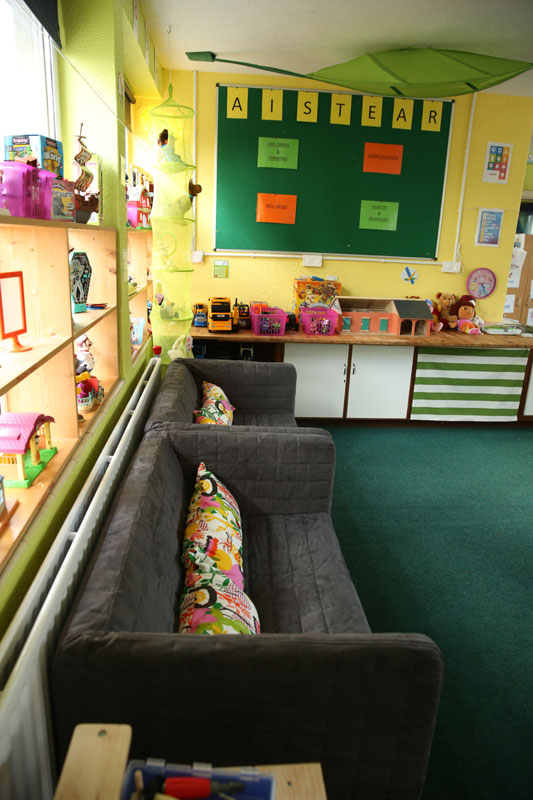
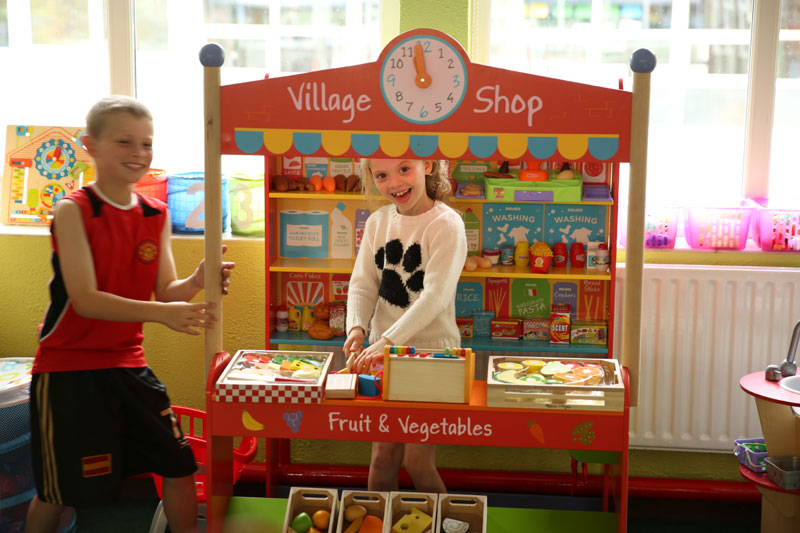
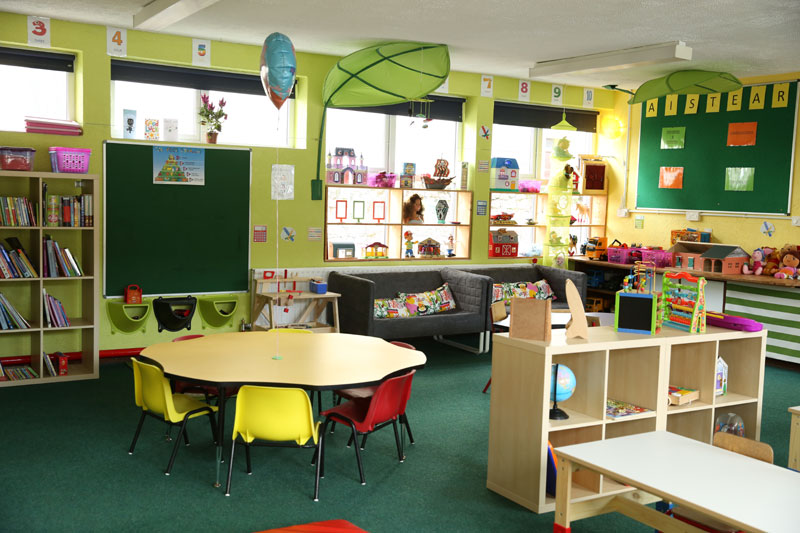
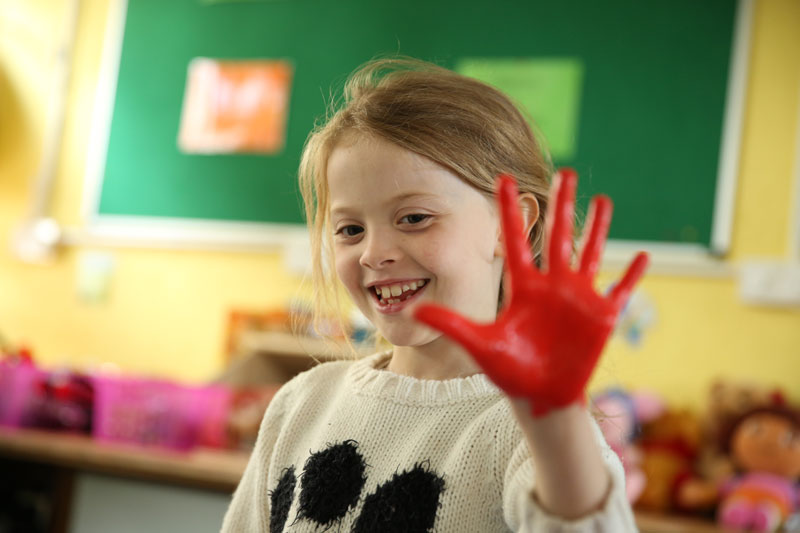
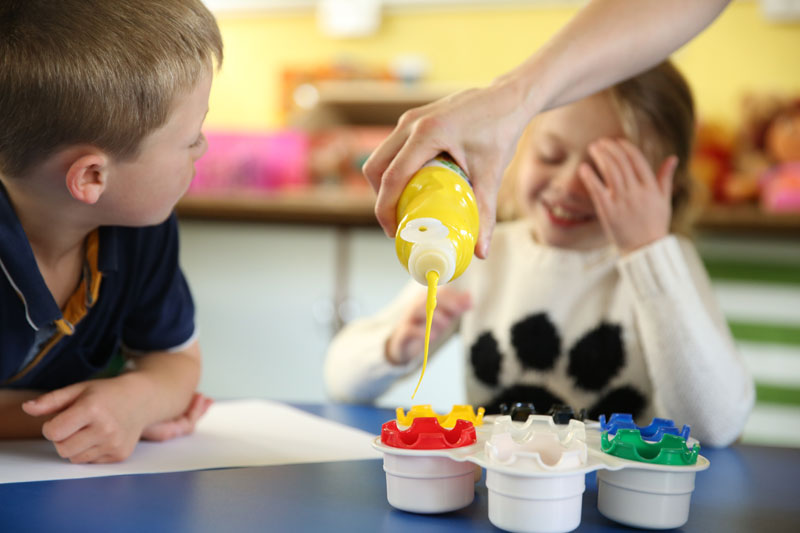
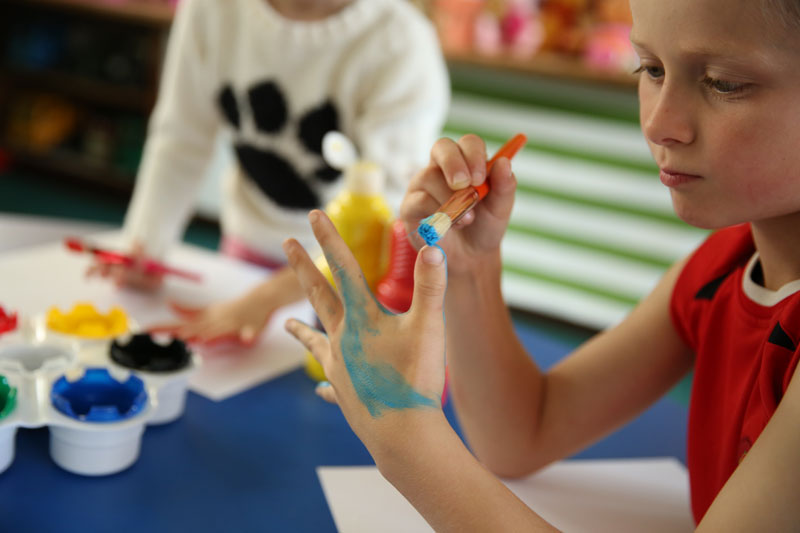
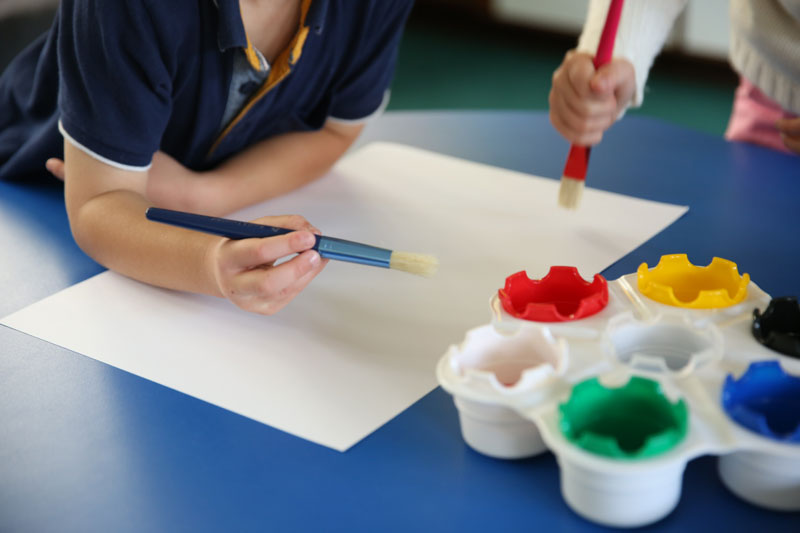
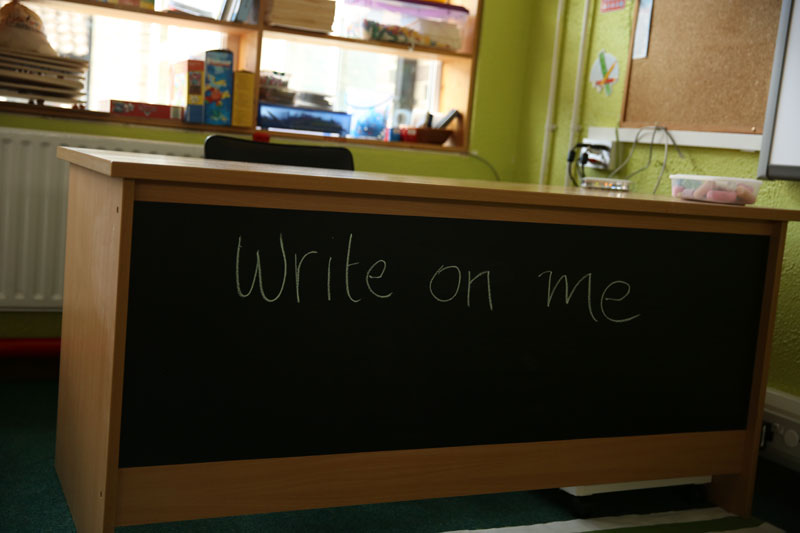
Bulletin Board
Post comment
Bulletin Board (geoPush)
Hi
My son is starting 3rd class in Kildonan school in Sept and I was just wondering about afterschool homework club,if there are places available and prices. Could you contact me on 087 2148344
Regards
Sandra
Now taking enrolments for September 2015.
Ollúna Óga Pre-School & After School Club
The theme of Well-being is about children being confident, happy and healthy. Well-being focuses on developing as a person. It has two main elements: psychological well-being (including feeling and thinking) and physical well-being.
Aistear describes learning and development using four themes- Well-being, Exploring & Thinking, Communicating, Identity & Belonging.
We provide a morning sessional session from 9:15 – 12:15. Children are required to bring a healthy lunch with them every day.
We offer an After School service for children attending PuckaneNS.
We provide sessional, part-time & a pre-school service that caters for children from 2 and a half to 5 years old.